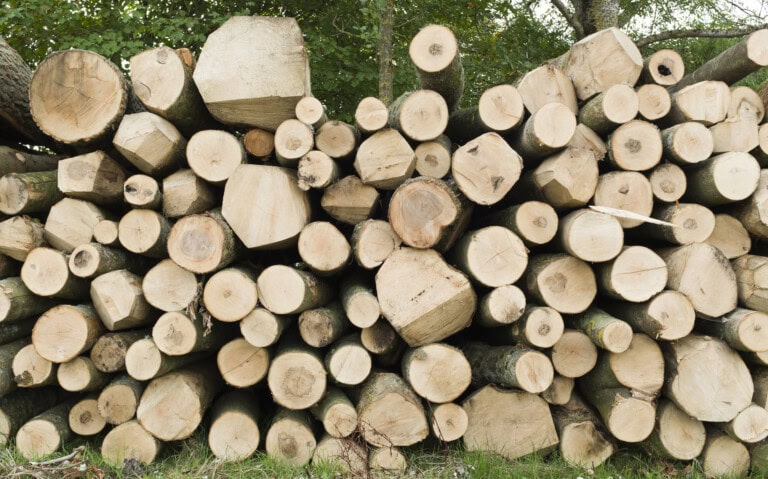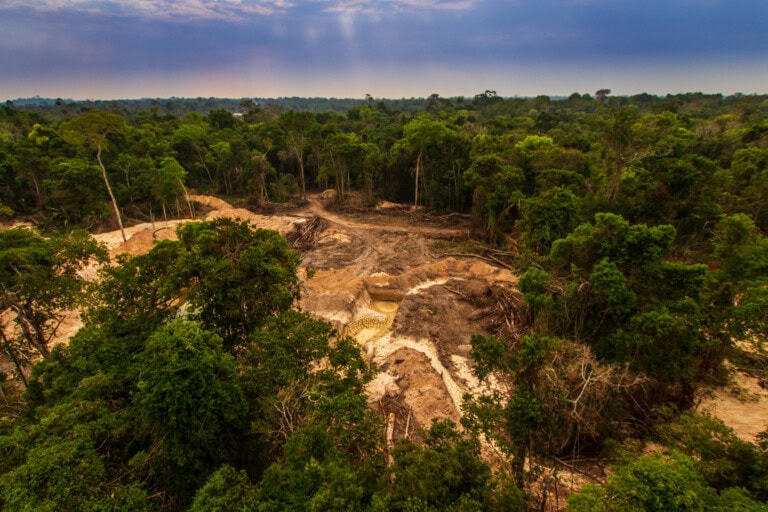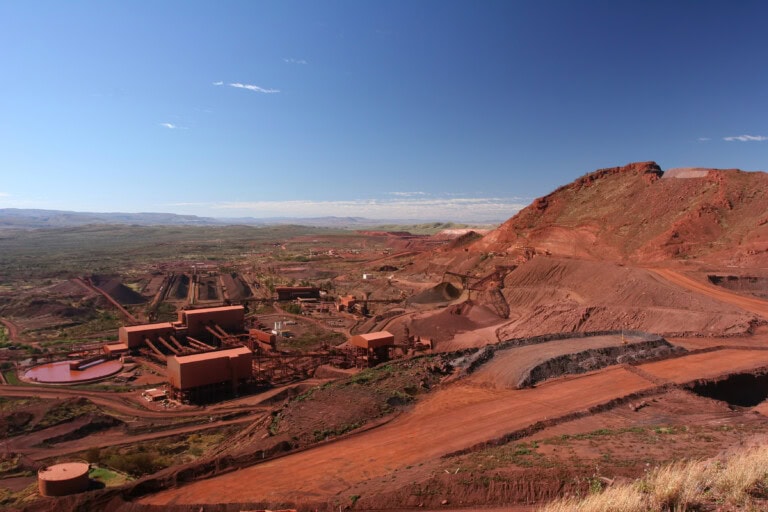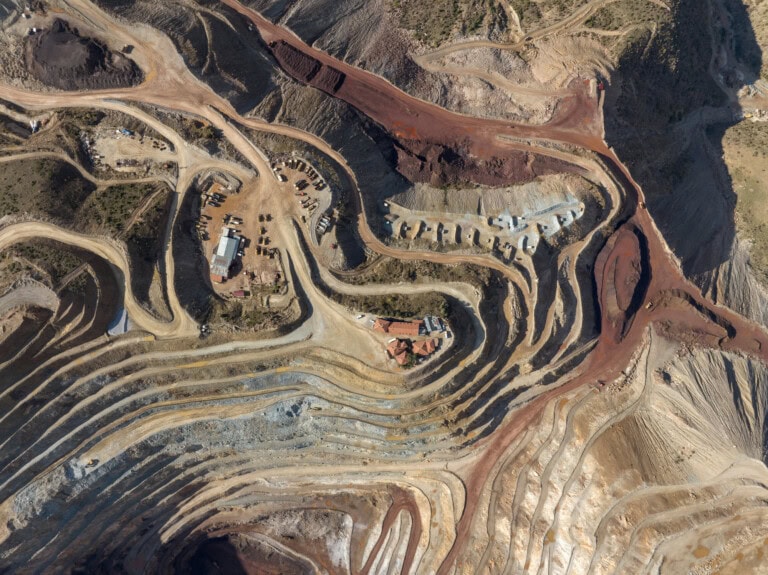Iron Ore
Iron ore is a natural mineral deposit that contains iron in various concentrations and is the raw material for the production of steel. It is the world’s most extracted metal and the basis for the production of steel, one of the biggest commodities worldwide. More than 86% percent of iron ore is extracted from Australia, Brazil, China, India, Russia and South Africa. All raw materials are ultimately confined to these locations of supply.
Key Statistics
Method of Extraction
- Mostly open-pit mining, also known as surface mining.
Key Impacts
Habitat destruction.
Associated infrastructure.
Water use.
Contamination and pollution of soil and water.
Explainer
Tailings are the waste materials that remain after the extraction of valuable minerals from an ore during the mining process. They are typically in the form of a fine-grained, slurry-like substance and are stored in large impoundments or tailings dams. Tailings contain residual minerals, chemicals, and other by-products of the mining process, such as crushed rocks and processing chemicals.
Existing safeguards and certifications
- Responsible Steel has developed an international standard that includes criteria for responsible sourcing and biodiversity. At the moment it is only applicable to operational steelmaking and related sites that process raw materials for steelmaking or that produce steel products. The standard does not apply to service providers, mine sites or sites producing final products made with steel components.
Best practice and recommendations
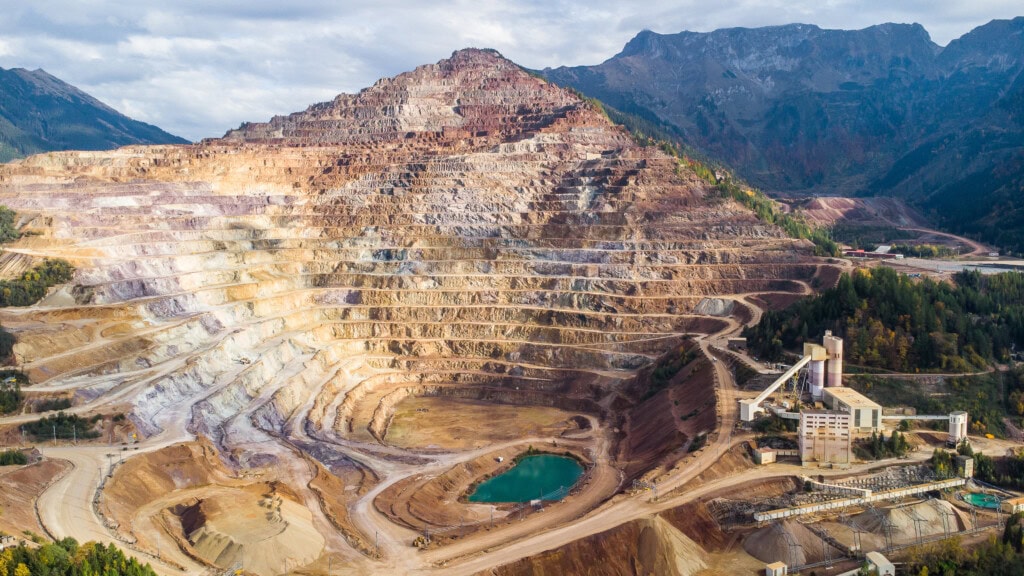
Summary
Land use change driven by mining is a major environmental concern, affecting ecology and local populations via habitat destruction, water use, and pollution. The provenance of the iron ore used in steel products is difficult to identify for built environment practitioners due to opaque global supply chains. As a high-impact material, its embodied ecological impacts should be addressed using the resource use mitigation hierarchy.
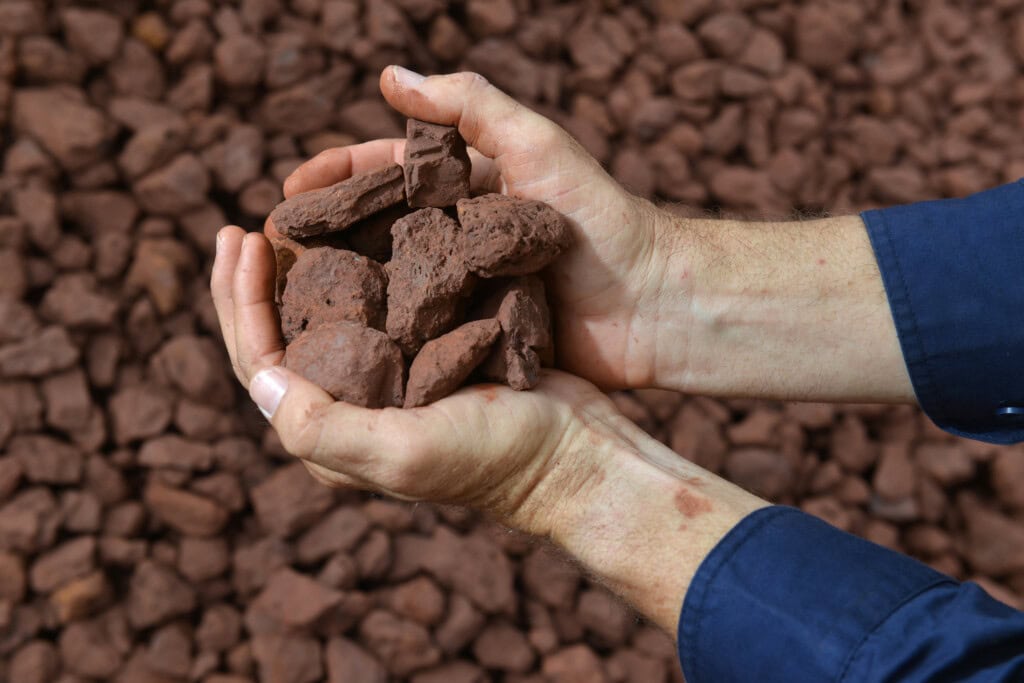
Industry Solutions
Responsible Steel
A not-for-profit organisation, ResponsibleSteel™ is a global multistakeholder standard and certification initiative.

Explore Solutions in UKGBC’s Library
Reused and repurposed steel tubes and sections
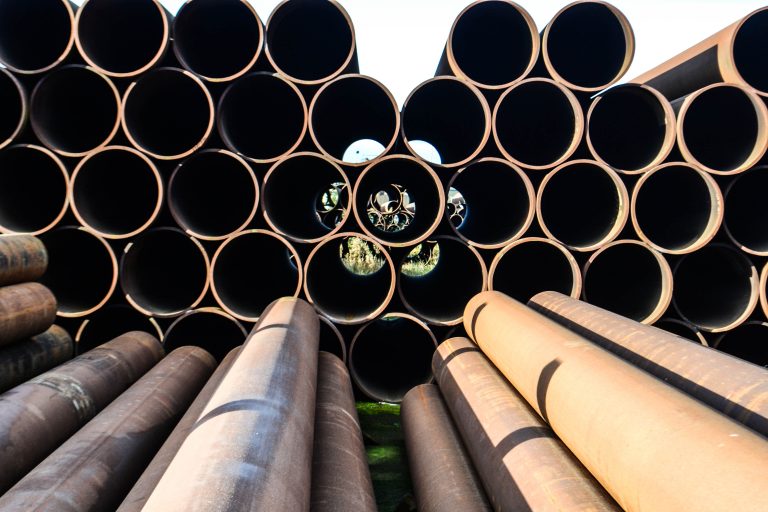
Reused Steel Stockmatcher

Explore other materials
Aluminium
Aluminium ore, or Bauxite, is the raw material used for the production of aluminium, which is extensively used in construction for its anti-corrosive and lightweight properties. It is applied as a lightweight and structural material, for example in window and door frames, roofing, and cladding.
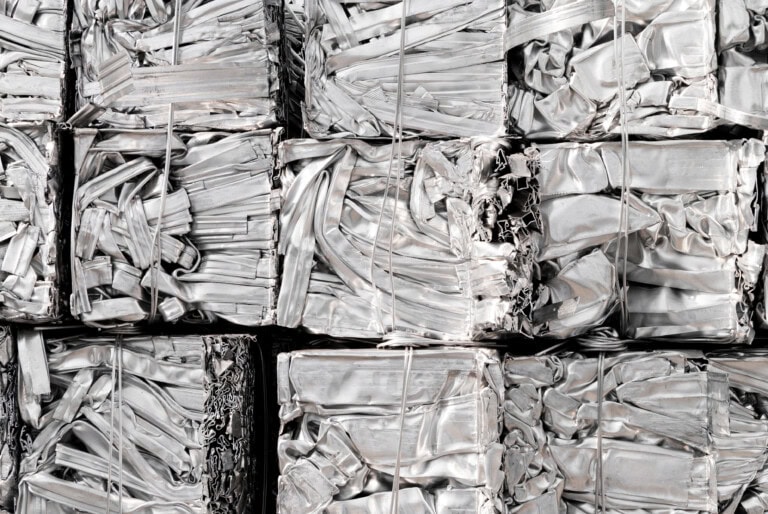
Aggregates
Globally, almost half (46%) of all primary aggregates are used to manufacture concrete and cement. Just over a quarter is used in roads and 2% is used for railway ballast. The rest is used to provide drainage, fill voids, protect pipes, provide hard surfaces, and in water filtration and sewage treatment processes.
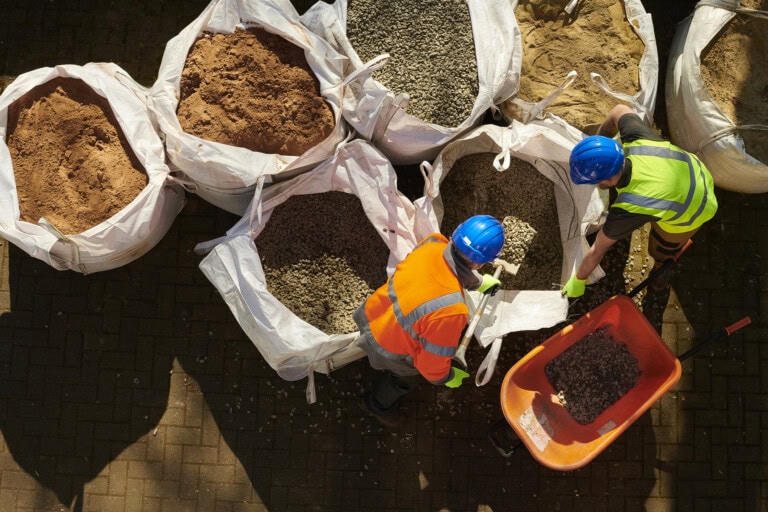
Cement
Cement is a fine powder made from a mixture of limestone, clay, and other minerals, which is commonly used as a binder together with aggregates to make concrete. There are various types of cement, such as Portland cement, slag cement, and fly ash cement, each with different properties and uses.
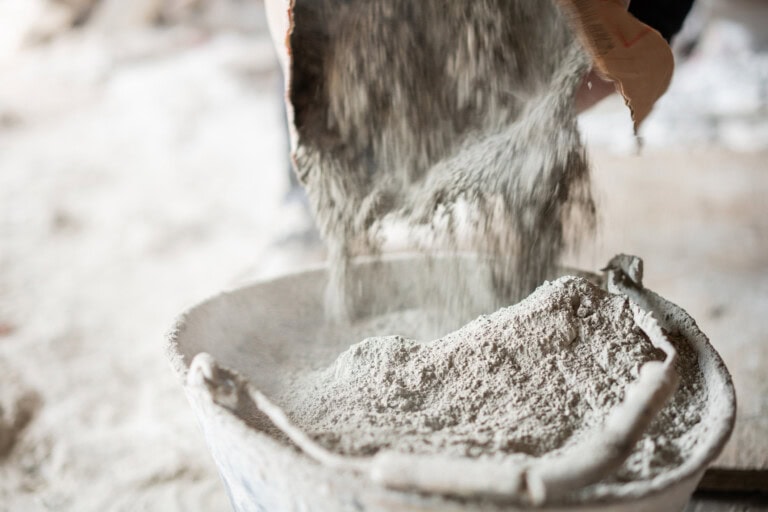
Timber
As a renewable material with the ability to sequester carbon, the interest in timber has surged in our industry. The majority is used as sawn softwood and boards, while 1 percent is used to produce glue-laminated timber (Glulam) for load bearing elements such as rafters, or cross-laminated timber (CLT) for surfaces such as walls and floors.
